Percy Charles Anderson – an anger murder.
21 year old Edith Constance Drew-Bear lived with her brother, Harold, in Ship Street in Brighton. She worked as an usherette in a local cinema and was dating 21 year old Percy Charles Anderson.
On Sunday the 25th of November, Edith had breakfast with her brother and then went out. That afternoon she met up with Anderson and they walked together on the East Brighton Golf Course near Roedean School. Two brothers who were waking in the vicinity heard a woman scream and shots ring out. They saw a man running away from a water storage tank and when they looked into it, they discovered a woman’s body floating in the water. She had five bullet wounds to the head and body and a scarf knotted tightly around her neck.
The police were able to identify the victim as Edith and went to her brother’s house to convey the sad news. Harold told them about Anderson and he was then located and interviewed. Initially he claimed to have not been with Edith but later changed his story. He claimed that they had sat down for a rest by the water tank and had got into an argument over a girl smiling at him. He had felt a sharp pain in the head and found himself in the sea. He swam to shore and then went home, stopping on the way to buy some cigarettes from a newsagent. The police held Anderson in custody while they searched his home where they discovered several 22 calibre shells. He was then charged with murder.
The post-mortem on Edith, conducted by Sir Bernard Spilsbury, revealed that she had been shot with a 22 calibre pistol and then strangled with her scarf. The shells found at Anderson’s home matched those from the murder.
Anderson was tried at Lewis before The Lord Chief Justice, Lord Hewart, on the 7th to the 9th of March 1935. His defence was the usual one of insanity due to “masked epilepsy” put forward by his barrister, Mr. Eric Neve, with Anderson claiming he had no recollection of the crime. The jury took 40 minutes to deliver their verdict. The execution date was originally set for the 28th of March but delayed by Anderson filing of an appeal. A petition was got up for a reprieve with nearly 100,000 signatures and both this and the appeal before Justices Avory, Hawke and Lawrence were unsuccessful. Anti-death penalty campaigner, Mrs. Van de Elst made an appeal to send a prominent brain specialist to examine Anderson, whom she claimed was suffering from a “brain storm” at the time of the murder.
Anderson was hanged at Wandsworth prison at 9.00 a.m. on Tuesday the 16th of April 1935 by Thomas Pierrepoint and Alfred Allen. He weighed 154.5 lbs and was given a drop of 7’ 3”, slightly longer than the 1913 Table, as his neck was described as “muscular”. Mrs. Van de Elst led a demonstration outside the prison.
The formal inquest was held later in the morning and the foreman of the jury told the coroner that they wanted to view the body and also, unusually the gallows and they were allowed to see both.

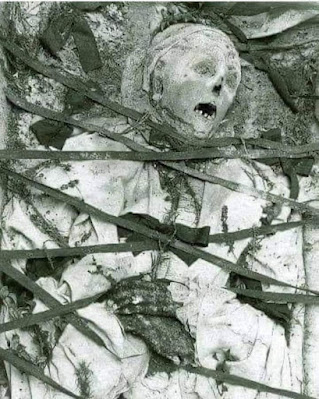
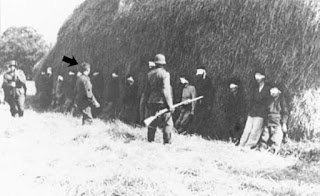

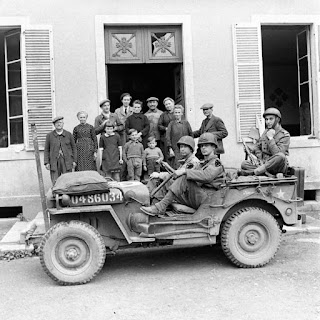




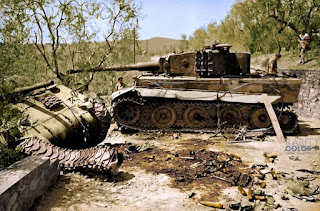
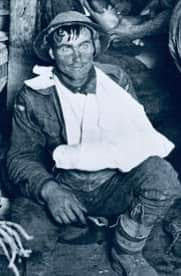
Comments
Post a Comment